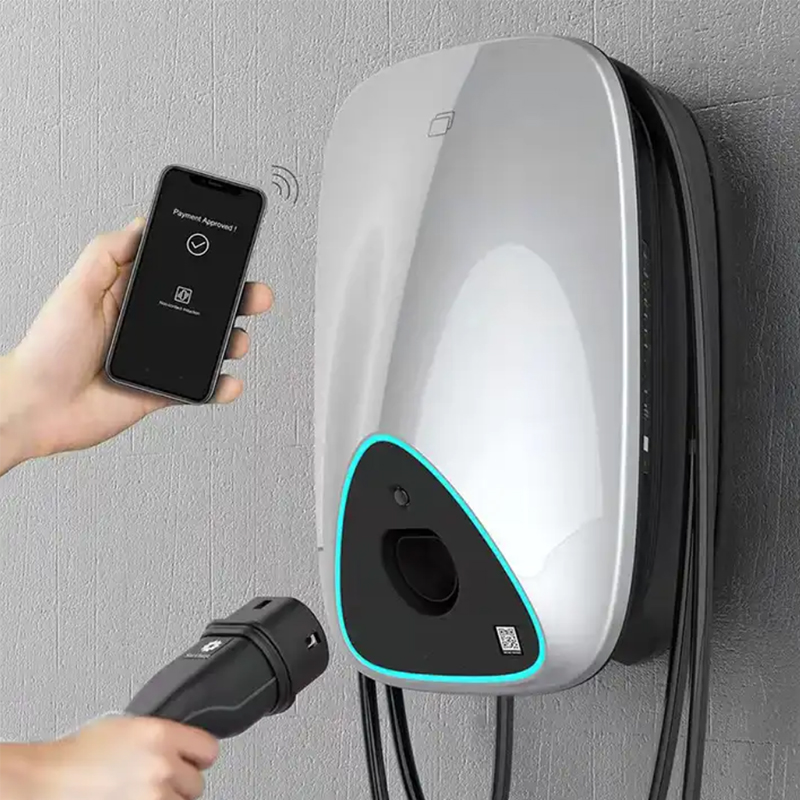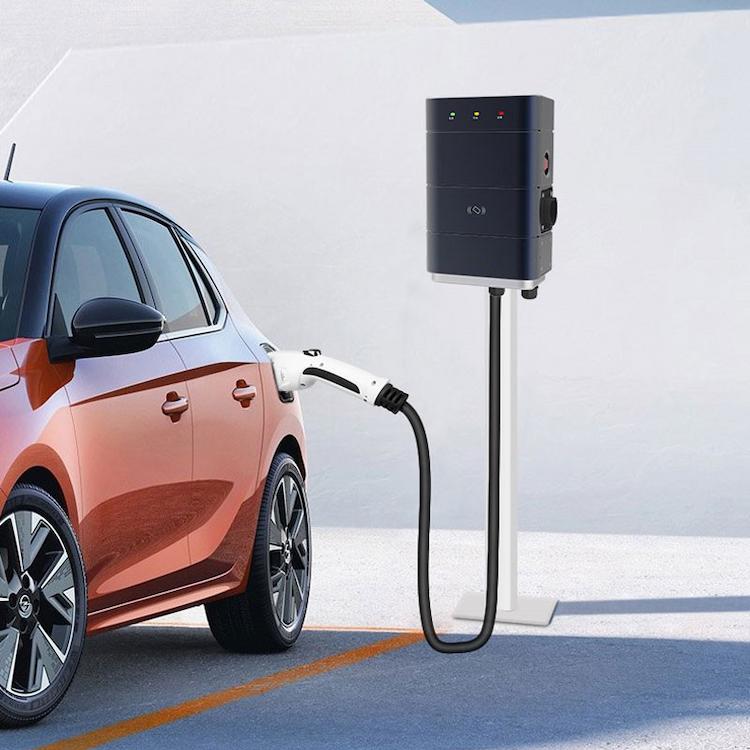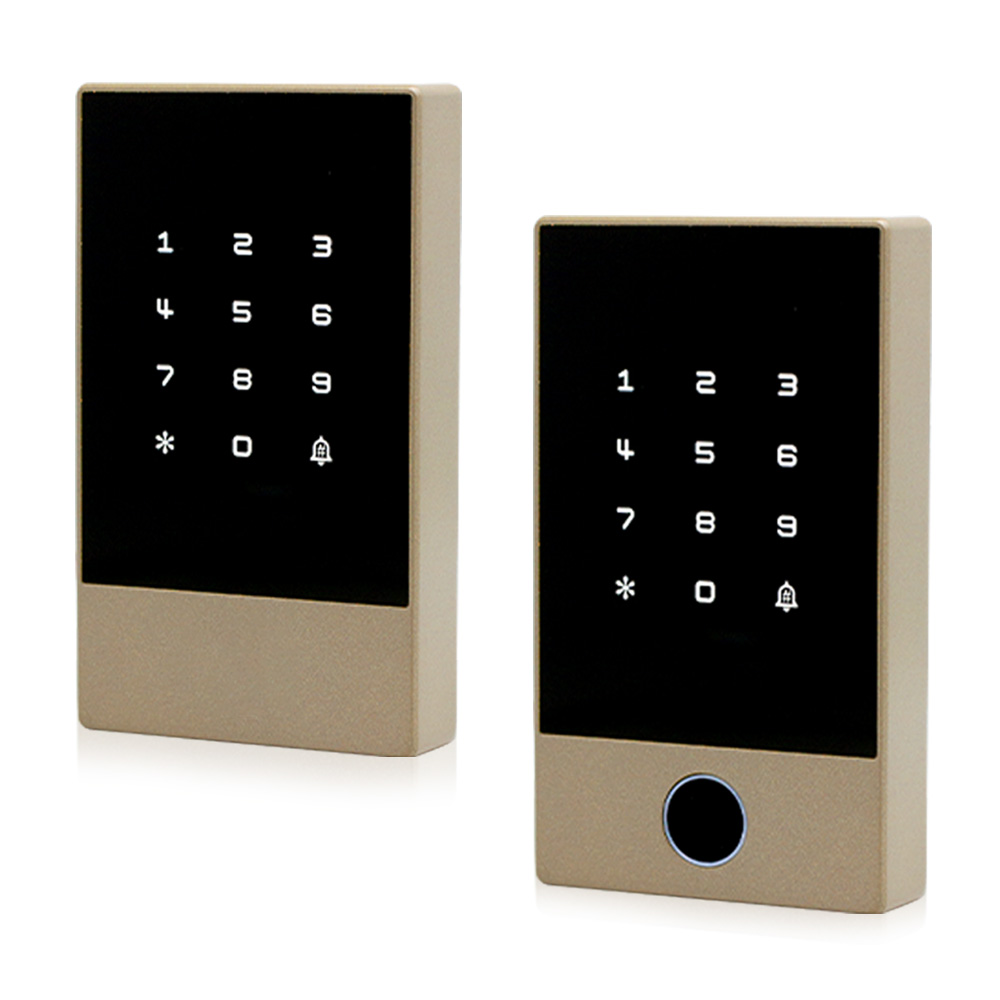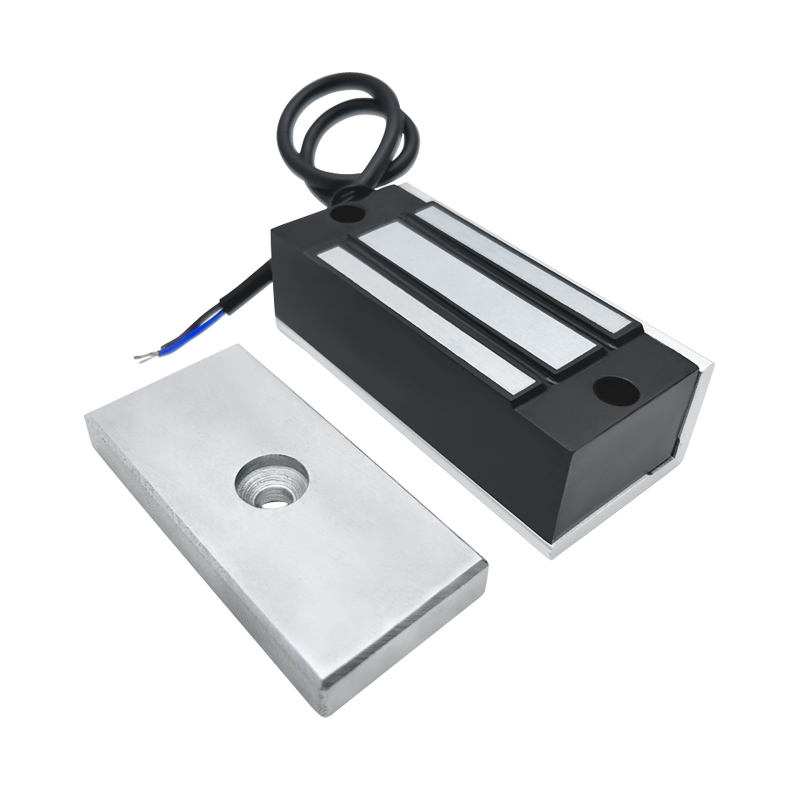
With the rapid development of the electric vehicle (EV) market, the construction and improvement of charging infrastructure has become a crucial element in accelerating EV adoption. Among various charging solutions, mobile DC chargers are emerging as a flexible and efficient alternative to traditional fixed stations. In addition to their technical advantages, the integration of components such as electromagnetic locks plays a critical role in ensuring the safety and reliability of mobile charging systems. In this paper, we will explore the advantages of mobile DC chargers in electric vehicle charging, while highlighting the significance of electromagnetic locks and their manufacturers in this ecosystem.
One of the most outstanding features of mobile DC chargers is their mobility and ease of deployment. Unlike fixed charging piles that require complex installation and are bound by geographical constraints, mobile DC chargers can be transported and operated across various locations – from highway rest stops and city parks to commercial centers and residential communities.
However, with this flexibility comes the need for enhanced operational safety, particularly in public or high-traffic environments. Electromagnetic locks, integrated into the charging connector or cabinet system, ensure that the charger plug remains securely connected to the vehicle during the charging process. This prevents accidental disconnection and improves contact reliability, especially when charging outdoors or in temporary setups.
Mobile DC chargers also provide a valuable emergency charging solution for EV owners facing unexpected power depletion during long trips. Their ability to deliver rapid DC charging in diverse scenarios is essential for user convenience.
Here again, electromagnetic locks play a protective role. When charging under emergency conditions — such as on roadsides or in unregulated environments — the lock mechanism ensures that unauthorized or premature removal of the charging connector is prevented. Some advanced locks are equipped with sensor feedback, which allows the system to detect the locking state in real time, further enhancing operational safety.
Electromagnetic lock manufacturers like us, we have developed a wide range of EV-grade locks, specifically designed to withstand high usage frequency, weather changes, and demanding safety standards. Their innovations support the secure use of mobile DC chargers even in rugged conditions.

The widespread deployment of fixed charging stations is often limited by infrastructure costs and construction complexities, particularly in remote or underdeveloped areas. Mobile DC chargers address this challenge by filling service gaps and extending coverage to regions lacking sufficient charging support.
To operate safely and efficiently in these areas, mobile chargers require robust physical and electrical safety mechanisms. The integration of durable electromagnetic locks ensures tamper-proof operation, reduces the risk of arcing during disconnection, and supports remote-controlled locking/unlocking, which is especially useful for operators managing chargers in offsite locations.
This combination of mobility and intelligent lock control can help establish temporary yet secure charging hubs during events, holidays, or in emergency situations such as natural disasters.
Reliable and widely accessible charging solutions are vital to the growth of the EV industry. Mobile DC chargers, with their speed, portability, and scalability, encourage more consumers to consider EVs as a viable option.
Equally, the safety and trust enabled by embedded technologies such as electromagnetic locks contribute to user confidence. A secure charging experience reduces maintenance incidents, improves uptime, and reassures consumers that the equipment is tamper-resistant.
The demand for high-quality electromagnetic locks in EV charging applications is also stimulating upstream industrial development. Lock manufacturers are increasingly collaborating with charger OEMs to develop customized solutions, integrating features such as CAN bus communication, IP65 waterproof ratings, and anti-vibration structures—further improving system integration and reliability.







